Smart Bulbs Vs Smart Switches, Which One You Should Use
Updated on 14th Oct 2020 17:06 in General, Smart
If you were to ask a smart home enthusiast whether you should use a smart switch or a smart bulb, the answer is almost certain to be different with each person you ask. The debate is as old as the smart home industry its self, so why is it so difficult to get a straight answer? The short answer is that there is no one size fits all answer and that each specific situation needs to be assessed to determine which option is the best. Each has its advantages and disadvantages, here we will discuss each one to guide you towards a sound decision.
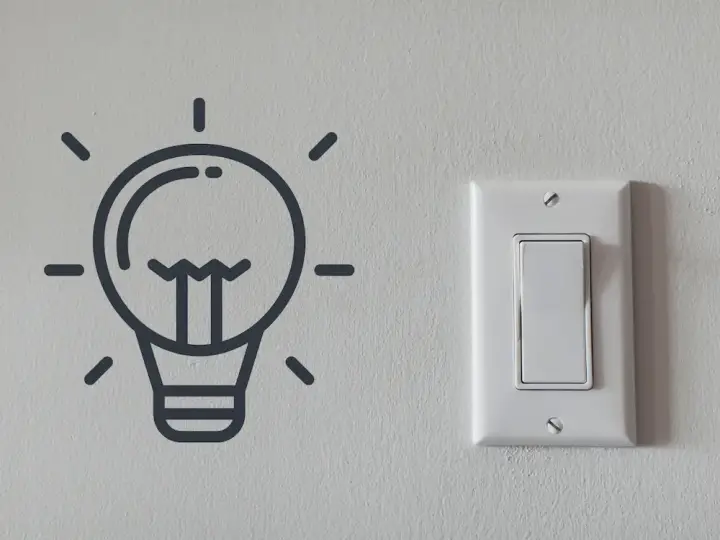
Table of Contents
Smart bulbs
A smart bulb is simply a light bulb that has been designed to include a built-in control system that allows users to control each aspect of the device individually using a remote such as a smartphone app. They can use Bluetooth, Z-Wave, WiFi, Zigbee, and several other protocols, but they are all essentially the same for the purposes of this article.
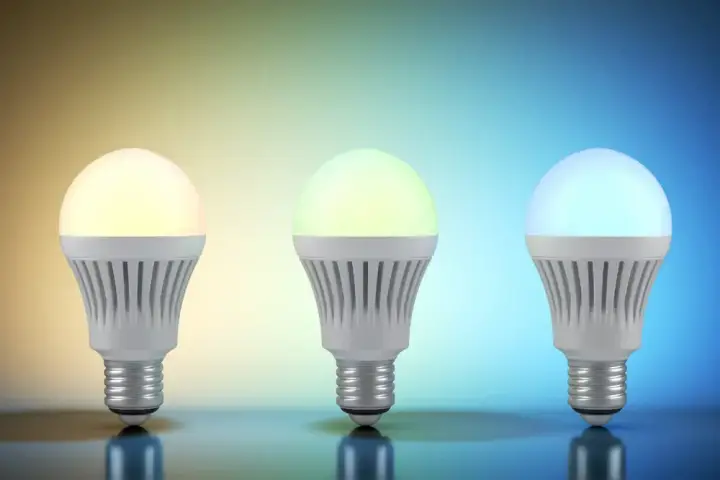
Advantages
Bulbs have many advantages with most of them geared towards being user friendly:
- Readily available
- Commonly seen everywhere
- RGB features allow many to be any colour you like
- Installation is easy
- No worries about how the switch is wired (neutral wires)
Each of these points are reasons you might want to consider using a bulb. The availability of these nifty devices should not be ignored, after all, if you can't buy any you probably won't be using it in your home. Almost every store sells smart bulbs now and taking a look at Amazon shows no shortage of brands to pick from at all sorts of different price points. This ties in well with the "seen everywhere" aspect. As a result of their availability, it isn't difficult to find someone who uses them, which can be useful if you need help with something.
RGB features mean that the light has multiple different coloured LEDs inside. To optimise things many bulbs will use fully-integrated LEDs that have all the different components inside a single package. If you open a smart bulb, don't be surprised if it is just a single high power LED! The colour feature is certainly very nice. It allows you to set the ambience to whatever you like with the lighting that is already there!
When it comes to installation, smart bulbs really take the lead over many possible solutions. As everything they need to function is already built into the bulb itself, the installation has never been easier. It is usually a matter of unscrewing the old bulb, screwing in the new one, and turning on the power. That's it! This is contrasted to smart switches which usually require a neutral wire. If you've never heard of a neutral wire, that's a good indication that a smart bulb will be a lot better for you!
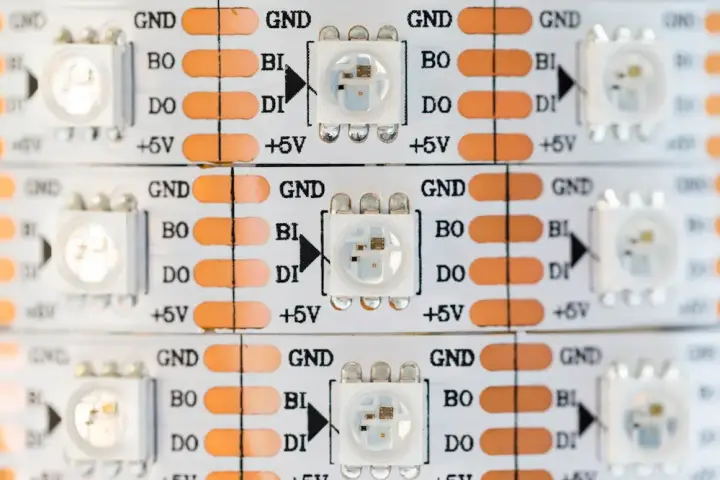
Disadvantages
No device is completely free of downsides, and smart bulbs are no exception:
- They need a continuous power source - no switches!
- Often have weird colour profiles that might not fit the room
- Expensive on a per-bulb basis
- Can't be controlled without a hub or an app
When it comes to the power source, smart bulbs have perhaps one of the biggest disadvantages. The problem is that as they contain the circuitry required to communicate within them, meaning that the bulb must be connected to power at all times for it to stay connected. If it gets turned off using a switch, it will no longer be controllable via automations or app, so it really needs to be powered at all times. This sounds trivial, just don't turn it off! However, if you have a wall switch, people will almost certainly press it and mess up your setup. This leads to the practice of "taping" switches with notes that say "do not use", which doesn't look the best.
Colour profiles are usually not considered when buying a normal bulb, but with smart bulbs, they should be. The profile is essentially just a representation of which wavelengths of light are emitted. This specifies what the expected type of light output should be, which might sound confusing but is quite simple. If you have ever been under fluorescent lighting like the type used in subway systems, you will know it makes skin look a bit strange. The same effect is possible at home, and with the wrong colour profile, your living room could suddenly look off, especially if some of the bulbs are still the regular type.
The price can not be ignored. Depending on the bulb, it could cost anywhere from 15$-40$ per device, which will add up quickly when every socket in the home is considered. A possible hidden cost is also that bulbs have a life expectancy, a very long one but they will still eventually stop working. When they do break for whatever reason, you will need to once again replace both the light and the control circuit, which certainly adds cost.
Finally, it is important to note that smart bulbs can not be controlled without a hub or a mobile phone, depending on the protocol used. That means if your hub goes down, there could be no way to turn on the light! Turning off the device would require disconnecting power to it using a switch, but turning it back on could be more difficult. Some bulbs will detect when something is wrong and turn on at full brightness, but they don't all do that.
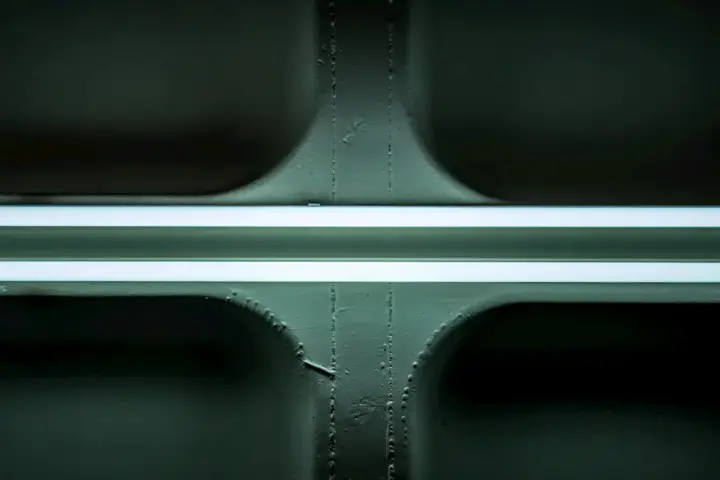
Smart switches
Switches are less well known, likely because they have a much more complex installation requirement. They do offer some really great advantages though and should certainly be considered.
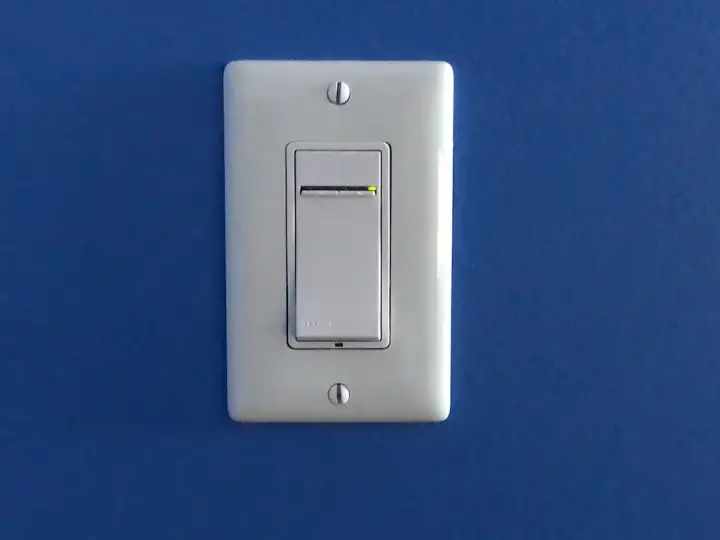
Advantages
Smart switches have a lot of advantages once we get past the installation:
- Can always be controlled, even without a hub
- Controls the entire fixture
- You can use cheaper normal bulbs
- Normal bulbs mean no colour profile worries
- Discreet, doesn't look like its smart
One of the best features offered by smart switches is that they separate the controller from the light source. This has the advantage of providing a method for controlling the light without using any smart technology. For most switches, this means that the rocker button on the front will turn the light on or off while updating the state in your hub. If for some reason you can't use your usual hub or app, the switch will still work as a normal one would. This is much better for user experience as most people do not expect a light to be smart and will try to use the switch, a huge benefit compared to smart bulbs.
In terms of controlling the entire fixture, many ceiling lights have two or more sockets. With smart bulbs, you now have a problem with how you should manage all bulbs at the same time, as discussed in detail in my post here. On the other hand, switches simply send power to the entire fixture powering all of the bulbs in every socket at once. For most uses, this effect is what you will want as opposed to having control over each bulb individually. This point ties in well with the cheaper, regular bulbs. We can continue to use regular hardware store bulbs that cost a few cents each allowing for cheaper replacement.
In a similar aspect, making regular bulbs smart with a switch means that you can continue to use whatever works for you now. This eliminates the concern of what the room could look like if the colour profile is wrong. Finally, the switch does not have any obvious elements to indicate that it is smart. Compared to a bulb that will need a sticky note on the switch, so no one toggles it, a smart switch will continue to function as before. Using the switch physically is supported and will properly update the state in your smart hub. Not everyone wants their home to look high-tech and switches are a good way to keep it discreet.
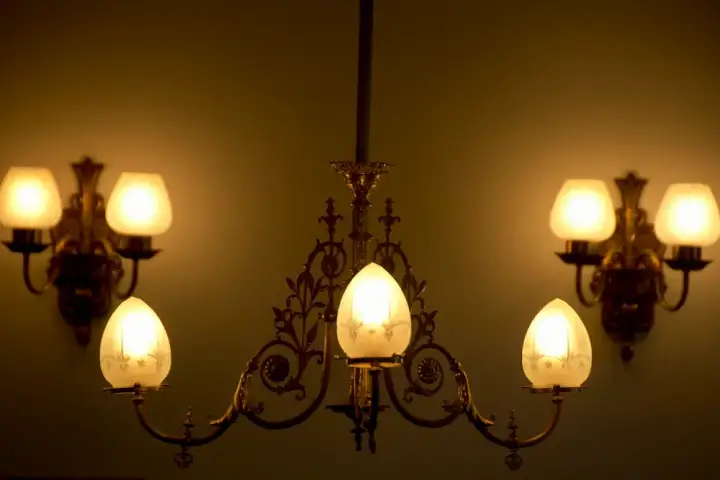
Disadvantages
- Installation is more involved
- No different colours
- The initial purchase price is higher
- Requires a neutral wire in the switch box (most models)
One of the biggest disadvantages with smart switches is the installation process, which can be quite involved. Since the switch will replace the device that is currently in the wall, installing it requires rewiring mains voltage which can be dangerous. It is important to get a professional to do it if you aren't properly trained. It's worth mentioning that the actual process of installing the switch is not difficult, it is just dangerous if you don't do it properly as the voltage supplied by the wires in the wall could fatally injure you.
For some, the lack of RGB capabilities will be a disadvantage. As we mentioned earlier, the absence of this technology actually provides benefits in having a more "normal" appearance. Another downside is that they tend to cost more than anyone smart bulb, especially if a no-neutral model is required. They can be more cost-effective if the fixture has 2 or more sockets though, as you still only need one switch to control them all.
Finally, the requirement for a neutral wire is a real pain for many people. As seen in the no neutral wire, no problem article, many homes do not have neutral wires in the switch box. When there is no wire, the options become a bit more limited, forcing either the use of a special model that doesn't require a neutral or an expensive rewiring. This problem is expected to slowly fade away as newer homes will always have the required wired by law, in the meantime, it is still an issue that must be considered.

Which to pick?
As you can see, there are a lot of factors that come into play when deciding which to pick. Most smart switches require the use of a neutral wire which is sometimes unavailable, making it tempting to go with bulbs. On the other hand, smart bulbs need to be constantly powered, resulting in people putting notes on the switch so that no one turns it off. Both options have their pros and cons, and the one you select will depend on what is best for your situation. Within the same home, you can use both! It is simply a matter of picking the right one for the right situation.
Generally, my advice is that if you are trying to control the main light source for a room, such as the ones typically mounted to the ceiling, you should use a switch. The reason basically boils down to the expectation that most people will have, which is that the switch on the wall controls the light. Any technique that involves breaking this assumption will result in some level of friction as people learn the correct method. In addition to that benefit, the action of toggling the switch can be detected and used to control automations to determine if someone entered a room, as an example.
On the other hand, if the light is more of a lamp, smart bulbs will work just fine. They often have a switch attached to the cord that can be tucked out of the way, with no way to accidentally shut off power to the bulb. As a result, lamps are a great place to use smart bulbs! They can also be used if the process of installing a switch properly seems too complex or expensive if an electrician is required, although the end result will be less ideal. If you are in a place where you can't mess with the wiring, bulbs are also a great option for making things smart.
In conclusion, if you want to start playing with smart homes, a smart bulb will work just fine to get you started. If you are trying to construct a complete smart home, you will want to consider switches for their superior user experience.



